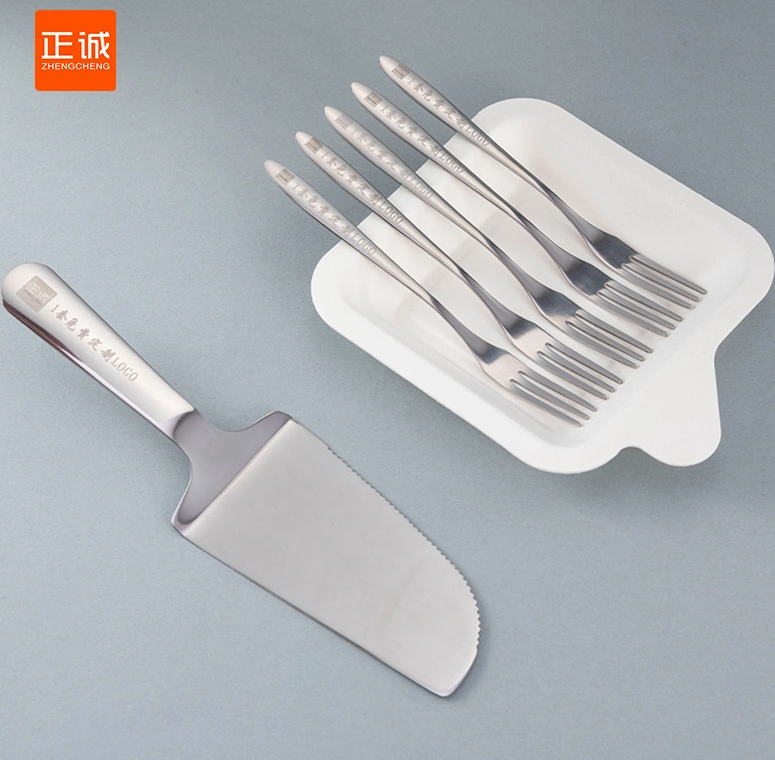Navigating the Printer Landscape: Which Type of Printer is Most Useful for Your Needs?
In an increasingly digital world, the relevance of printers may seem diminished; however, they remain indispensable tools across various sectors, from home offices to large enterprises. With a plethora of options available, understanding which type of printer is most useful for your specific needs is crucial. This article delves into the different types of printers, their functionalities, and the contexts in which they excel, providing a comprehensive guide to help you make an informed decision.
- Understanding Printer Types
Before determining which printer is most useful, it’s essential to understand the primary types available:
a. Inkjet Printers
Inkjet printers are among the most common types found in homes and small offices. They work by spraying tiny droplets of ink onto paper, allowing for high-quality color prints.
Advantages:
- Versatility: Ideal for printing photos, graphics, and documents.
- Affordability: Generally lower initial costs compared to laser printers.
- Compact Size: Suitable for small spaces.
Disadvantages:
- Running Costs: Ink cartridges can be expensive, and the cost per page is higher than laser printers.
- Speed: Slower than laser printers, especially for large documents.
Best Use Cases: Home users, photographers, and small businesses that require high-quality color prints.
b. Laser Printers
Laser printers utilize a laser beam to produce high-quality text and graphics on paper. They are known for their speed and efficiency, making them a popular choice for offices.
Advantages:
- Speed: Faster printing speeds, especially for text-heavy documents.
- Cost-Effectiveness: Lower cost per page, particularly for high-volume printing.
- Durability: Toner cartridges last longer than ink cartridges.
Disadvantages:
- Initial Cost: Higher upfront cost compared to inkjet printers.
- Limited Color Quality: While color laser printers exist, they may not match the quality of inkjet printers for photo printing.
Best Use Cases: Businesses with high-volume printing needs, such as law firms, educational institutions, and corporate offices.
c. All-in-One Printers
All-in-one printers combine printing, scanning, copying, and sometimes faxing capabilities into a single device. They are designed for versatility and convenience.
Advantages:
- Multi-functionality: Saves space and money by combining multiple devices.
- Convenience: Ideal for small offices or home offices where space is limited.
Disadvantages:
- Complexity: More features can lead to a steeper learning curve.
- Potential for Malfunction: If one function fails, it may affect the entire device.
Best Use Cases: Home offices, small businesses, and individuals who require multiple functions from a single device.
d. Photo Printers
Photo printers are specialized devices designed specifically for producing high-quality photographs. They often use additional color cartridges to achieve a wider color gamut.
Advantages:
- Superior Quality: Exceptional color accuracy and detail for photo printing.
- Variety of Media: Can print on various photo papers and sizes.
Disadvantages:
- Cost: Typically more expensive than standard inkjet printers.
- Limited Functionality: Primarily focused on photo printing, lacking other features.
Best Use Cases: Professional photographers, graphic designers, and hobbyists focused on photography.
- Factors to Consider When Choosing a Printer
When deciding which type of printer is most useful for your needs, consider the following factors:
a. Printing Volume
Assess how much you plan to print. For high-volume printing, a laser printer may be more cost-effective in the long run due to its lower cost per page.
b. Print Quality
If your work involves high-quality images or graphics, an inkjet or photo printer may be more suitable. Conversely, for text-heavy documents, a laser printer will suffice.
c. Space and Size
Consider the physical space available for the printer. All-in-one printers are ideal for limited spaces, while larger offices may accommodate standalone printers.
d. Budget
Evaluate both the initial purchase price and the ongoing costs of ink or toner. While inkjet printers may be cheaper upfront, their running costs can add up.
e. Connectivity Options
Modern printers offer various connectivity options, including Wi-Fi, USB, and cloud printing. Ensure the printer you choose is compatible with your devices and network.
- Conclusion: Making the Right Choice
Ultimately, the most useful type of printer depends on your specific needs and circumstances. For home users and photographers, inkjet or photo printers may be the best fit. Businesses with high-volume printing requirements will likely benefit from laser printers. All-in-one printers offer versatility for those with limited space, while specialized photo printers cater to professionals in the creative field.



